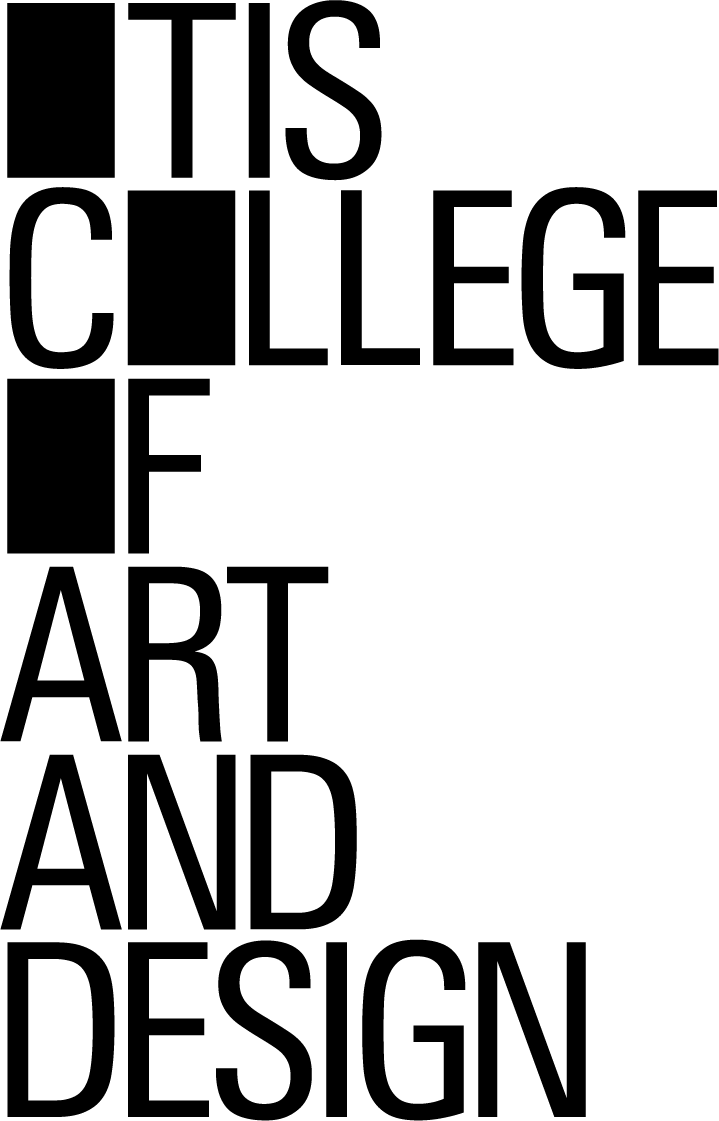Blog Archives
Creating A Memorable Impression Through Business Cards
 I’ve been preparing my last cohort of Game Production students to go out into the cruel, cruel world to look for jobs in the game industry, and most recently I told them about the need to create business cards to give to new contacts. While one may be tempted to think that business cards no longer have a place in a world of email, social networking, and LinkedIn, I give them four reasons why business cards are still a thing:
I’ve been preparing my last cohort of Game Production students to go out into the cruel, cruel world to look for jobs in the game industry, and most recently I told them about the need to create business cards to give to new contacts. While one may be tempted to think that business cards no longer have a place in a world of email, social networking, and LinkedIn, I give them four reasons why business cards are still a thing:
- It is still the easiest and best way to exchange contact information with someone you are meeting in person. Yes, chances are that it will get lost or thrown away, but many people still do go through the business cards they’ve collected after an event or meeting, and either add your information to their contacts, send you a follow-email, or make a LinkedIn connection request.
- It is a physical reminder of who you are. The act of exchanging business cards can form a stronger memory of your meeting with each other and help distinguish you from the others your contact has met.
- It is a tangible representation of your brand, reinforcing your contact’s impression of who you are and what value you bring.
- It puts you on an even level with the professionals you meet, particularly if your card is well-designed.
A business card doesn’t have to be fancy or expensive to be well-designed. A white or cream-colored background with a dark font both looks professional and is easy to read. Be sure that the font is easy to read as well, and stick to a traditional size if you want your contact to keep it in his or her wallet or pocket. But whatever you do, don’t use cheap stock for your card. If your card is printed on low quality paper, it may cause your contact to think that your work is of low quality too.
However, since game development is a creative profession, it is okay, and even desirable, to get a little fancier by using a colored background, a tactile card stock, an embossed font, a colorful logo, or even a picture of work from your portfolio. It doesn’t hurt to add a little flair to make your card more memorable.
Still, you need to know what you are doing when you take the fancy route, Make sure your images are at 300 dpi so that they are of professional print resolution. Avoid having borders, since they can make your card look asymmetrical and poorly designed if the cards are not cut correctly. As for your images and text, make sure they are at least 5 mm from the card’s edge to prevent bleeding of the ink. Another thing to avoid is the use of clip art or an unprofessional looking photo of yourself. If you are not an artist yourself and can afford it, have a professional create a logo or take a photograph for you.
But if you are especially creative or have the money to spend, there are additional things you can do to encourage contacts to save your card or even share it with others. One is to create business cards with a truly unique look or shape related to your work. In the game industry, that can include cards that fold over to resemble a computer laptop or be constructed into dice. A unique business card can even spark a conversation about your skills when you hand it to a recipient
Another thing you can do is to create cards that serve a dual purpose as a rule, wrench, paperweight or some other useful office tool, preferably one that is aligned with the type of work you do. The limits are your imagination and the amount of money you want to spend so that your contacts will always be reminded of you when they use it.
Whether you go simple or fancy, the most important elements of your card is the information you put on it:
- Your name
- Your telephone number (cell phone only is okay)
- Your email. Create a professional and permanent email account on a reputable service like Gmail, Yahoo, or Hotmail. Don’t use your school email address or something like “iluvtacos@cheapmail.com”
- Your home address. This is optional in today’s world and can be avoided, especially if you plan on moving soon.
- Your social media links, especially Twitter or LinkedIn account. Remember that your business card is a supplement to your digital connections, since so much networking is done online.
If your contacts include people from other countries, consider using the back side of the card to print the same information in a different language.
Perhaps the most important thing to include is a link to your online portfolio, so that your contacts can actually see your work. I’ve gone through the business cards I’ve collected at an event to look at my new contacts’ portfolios and was impressed enough to hire them for my future projects.
Because portfolio links can be long and cumbersome to type in, it may be tempting to create a QR code so that your contact can scan the code with their smartphone and go to your portfolio site on the phone’s browser. Unfortunately, not everyone has a QR reader app on their phone, and they really haven’t caught on for using on business cards. In fact, using one may backfire and cause some people to think you are a noob.
One cool way to show off your portfolio, though, are interactive business cards. I first encountered one of these when I met Walt Disney Imagineer and artist Terri Harden, and she gave me her business card. She showed me how, through the Revealio app, you will see a video of Terri discussing and showing off her work when you scanned her logo. It was very cool, but one does need to have the app, and it is expensive — several hundred a dollars a year, depending on the subscription plan. So, it is probably not for someone starting out in their work career, but more for a seasoned professional.
Whether you really are a noob or a seasoned pro, it is important to establish a memorable brand, and get out there and make contacts so you stand out among the competition for jobs and clients. Exchanging business cards may be an old-fashioned practice, but it remains an essential one, which can be freshened up with a little bit of flair in your card design.





